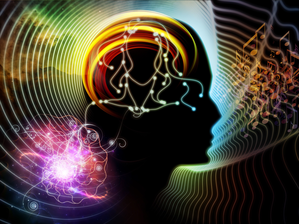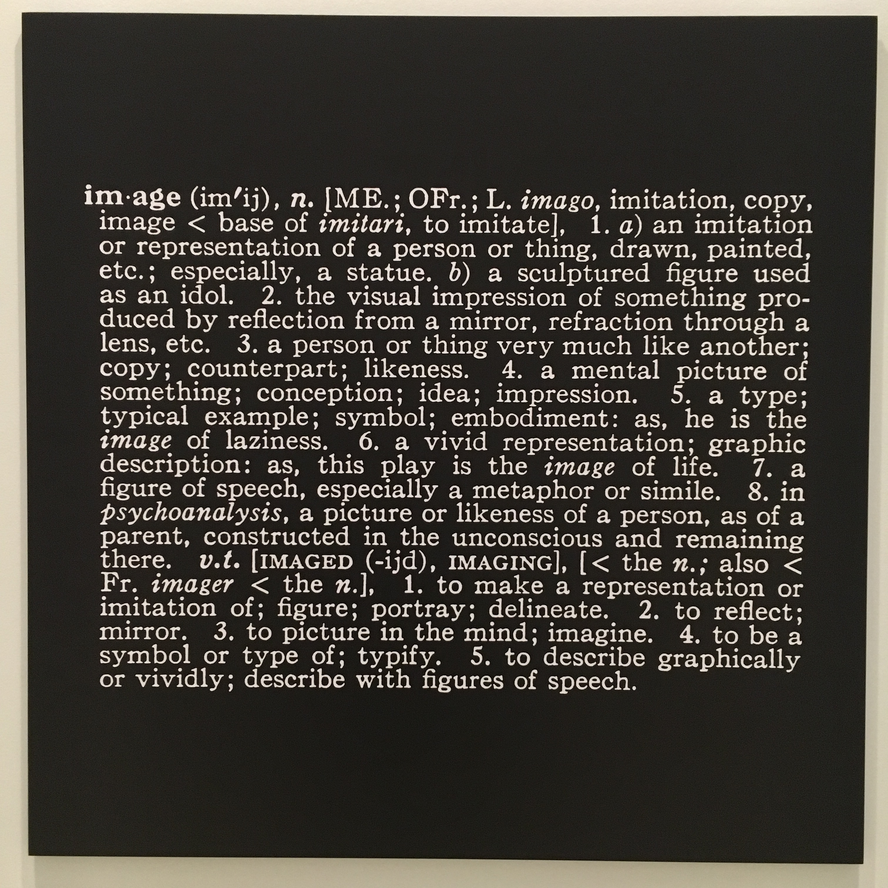Musical imagery is a multimodal mental representation of music, i.e. a combination of auditory, motor, visual, visuo-spatial and analytical components. For example, Keller describes musical imagery as a multimodal process by which an individual generates the mental experience of auditory features of musical sounds, and/or visual, proprioceptive, kinaesthetic, and tactile properties of music-related movements, that are not (or not yet) necessarily present in the physical world (Keller 2012, 206).
Musicians have mental representations of the musical sounds they intend to bring about. Some instrumental musicians experience the inner drive for producing musical sounds so vividly that they cannot suppress the urge to sing or hum along whilst playing, pianists Glenn Gould and Keith Jarrett being well-known examples of this phenomenon. The ability to hear music in one’s mind is not only found in musicians, but is present in a vast majority of people and can for example be observed by the fact that many people exhibit spontaneous musical activities such as singing, humming, whistling or rhythmic finger-tapping (Honing, 2010).
Musical imagery may be effortfully initiated (for example in mental practice) but can also arise automatically (Schaefer, 2017, p. 25). A well-known example of automatically arising musical imagery is the experience of a tune being spontaneously recalled and repeated within the mind, also known as “earworms”, or (more accurately) “involuntary musical imagery” (Jakubowski, Stewart, Finkel, & Müllensiefen, 2017, p. 122). More than 90 percent of people experience earworms regularly, i.e. at least once a week (Liikkanen, 2008). This shows that the capacity for musical imagery is innate.
Professional musicians are generally capable of vividly imagining musical sounds that are not present at that moment. The skill of reading scores of unknown pieces and forming mental images of how these pieces sound (“notational audiation”) is common among professional musicians. A minority of musicians regularly apply mental practice (or, more precisely “mental imagery rehearsal”): they practice by imagining the sound of the piece they are learning, without actually producing this sound (Davidson-Kelly, 2014). Mental practice requires both extensive musical training and considerable effort. It can be aimed at enhancing memorisation, reducing physical rehearsal time, clarifying artistic intentions and/or preparing for performances. In the sections on Applications and Exercises of this exposition, various examples of mental imagery rehearsal techniques will be presented.
Johnson (2011): “imagining musical form is a holistic way to experience a work’s interrelation without having to listen to or perform the work in temporal order. ”Mental practice is sometimes confused with ‘visualization’; however, it can be much more than only visualization. Johnson summarizes that mental practice is about inner rehearsal of the different steps used in skills. Mental practice is about a variety of different physical and cognitive skill sets.
There is a subtle difference between mental rehearsal and mental imagery: mental rehearsal involves also a conscious effort the analyze motions, sounds and senses, while mental imagery is the ability to develop an image, without necessarily analyzing the content. When practicing mental rehearsal, there are two steps to be followed. First is to mentally recall the past experience and secondly to create a mental projection, which is about imagining an ideal sound or performance in the future. (Johnson, 2003)
There are five different types of general images (Johnson, 2003):
1. Memory image
2. Eidetic images: like a memory image but in a photographic manner, like when someone would look at a piece of music and then imagine the score with precise accuracy.
3. Imagination images: may involve images from the past, but they differ from the original perception
4. After-images: when someone sees a bright flash against a dark background (a camera flash at night)
5. Recurrent image: when someone sees an event over and over again in the mind’s eye. Musicians often experience recurrent image by replaying in their minds either extremely negative or highly successful performance.
Keller (2012):“a multimodel process by which an individual generates the mental experience of auditory features of musical sounds, and/or visual, proprioceptive, kinesthetic, and tactile properties of music-related movements, that are not (or not yet) necessarily present in the physical world.”

